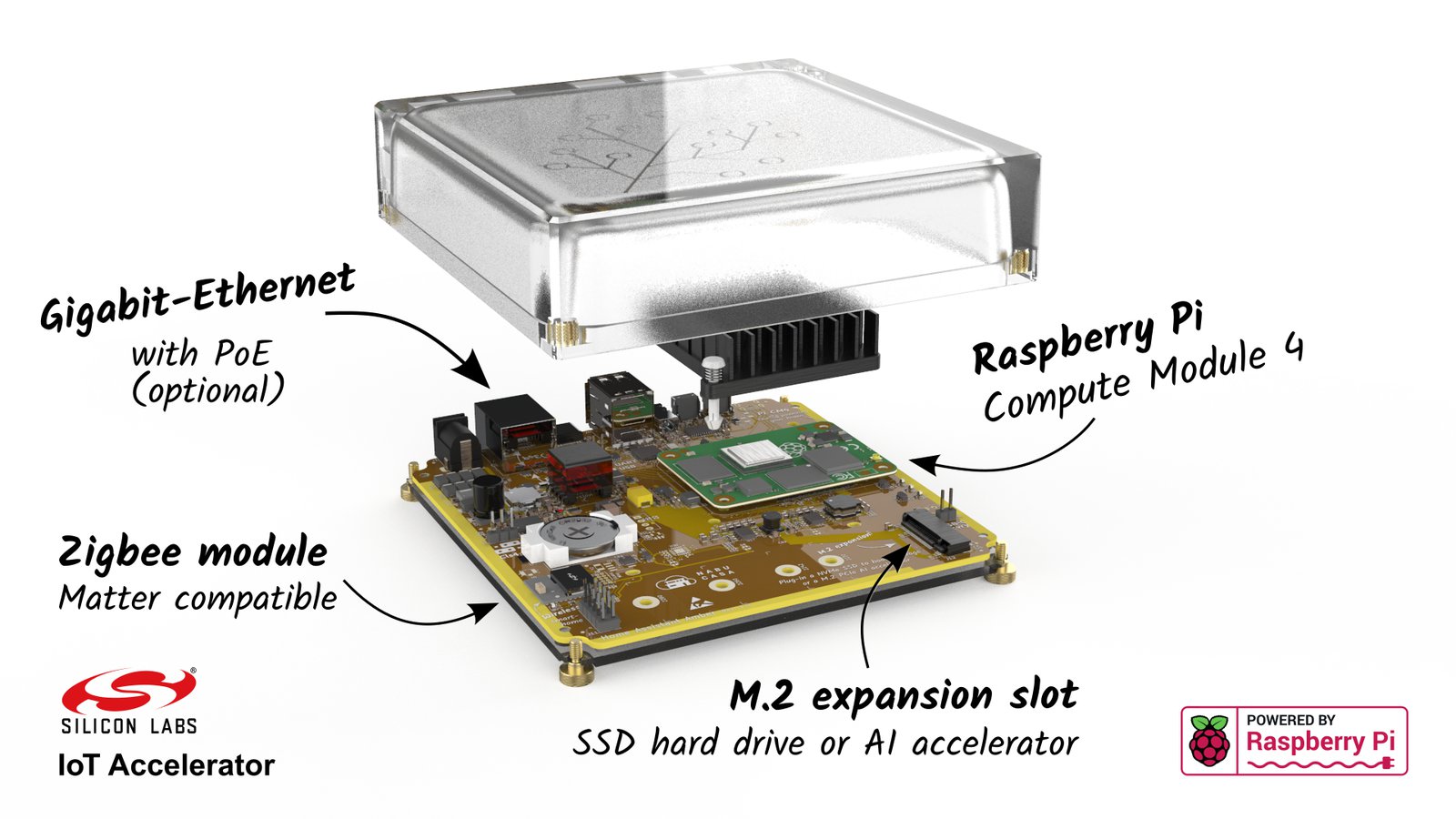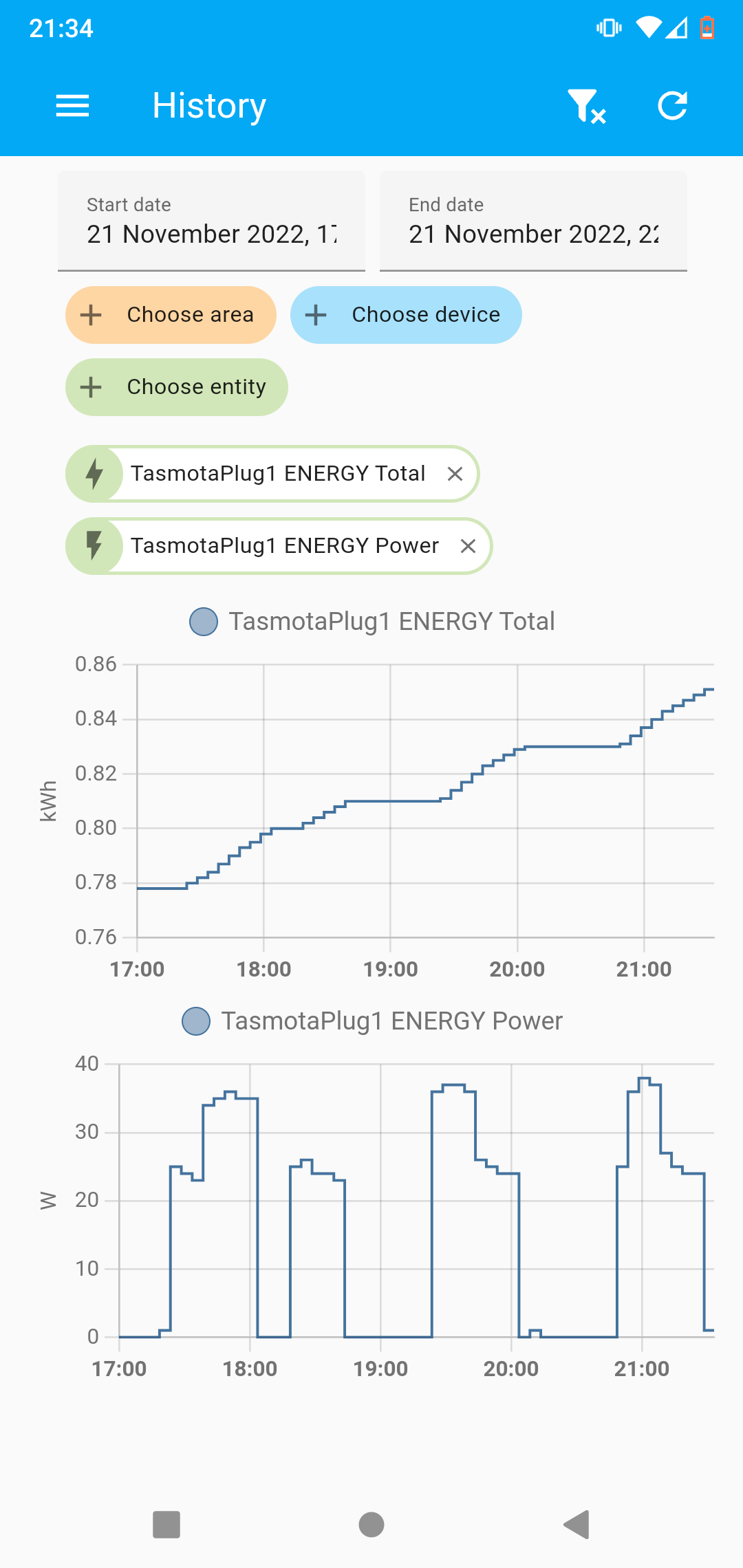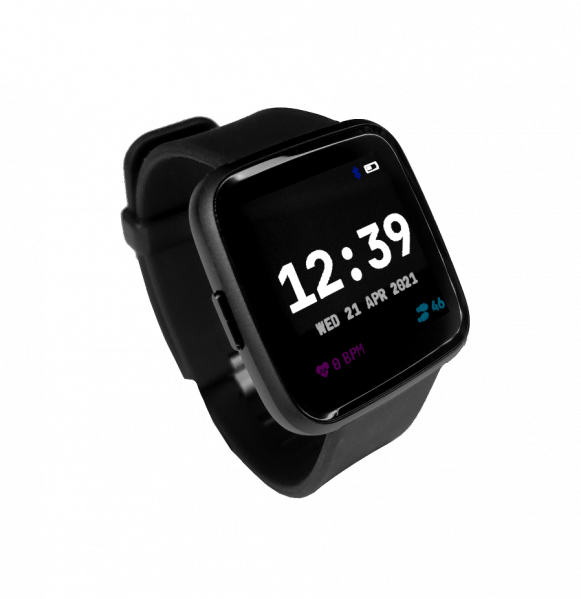A Freedom-Respecting Smart Home
Automating our lights, security cameras, all the Things? We'll be needing some IoT Gadgets and a home automation system.
“Which brand? Amazon Alexa or Google or Apple HomeKit?”
NO! Big Tech makes technology that best serves Big Tech. We don't have to accept it, once we learn there's an alternative.
Time I Learned: our smart home can respect our freedom.
What's wrong with mainstream IoT?
Their system works beautifully. We can see it in their adverts. What are we missing? Let's see. These cool and pretty looking mainstream IoT devices are overwhelmingly sold with “cloud” connectivity. “Control it with our App!” It sounds good. It's certainly convenient at first.
Now, what does “cloud connected” imply? It implies our command to turn our light on goes out from our phone, over the Internet, to “the cloud” which just means somebody else's computer, where it's processed through our account on their system, and from there the command comes back to our light which then turns on. Ta-da! And our security camera feed shows up in our monitoring page on their computer system. Just like they showed in their adverts.
Except when it doesn't. Except when the internet is slow, we wait, and then after a while our light turns on. Except when they mess up and show our private camera feed to some other customer and theirs to us. (Yes, that happened.) Except when their communications and their computers are poorly secured and get hacked. (Yes, lots of times.) Except when their company goes bust overnight and all our devices stop working. (Yes, that happens too.)
When we use the vendor's app and “cloud connected” control, it means we are renting the use of our device as a service from the vendor. The vendor permits us to use the hardware we bought, but only through the intermediation of their servers. We can use it in ways they allow, for a time they determine, until they discontinue that service or go bust or require us to upgrade or pay extra or watch adverts or agree to new terms. Whatever they want. We “bought” it but we don't own it. Or we could say we own the bare hardware but we don't own the functioning product.
What's the Solution?
The alternative is that we can use IoT devices that are locally controlled, that depend only on our own local network, and therefore can respond fast no matter what our Internet connection is doing, and remain solely under our own control no matter what happens to the Vendor.
My recommendation for a home automation control centre:
Home Assistant <home-assistant.io>
Home Assistant lets you control and monitor everything — doorbells, lights, cameras, action! — and wrenches back your local control over Big Tech branded devices from Amazon, Google, Apple and the rest.
“Open source home automation that puts local control and privacy first”
Depending on your level of technical expertise there are different ways to obtain Home Assistant. For ordinary people looking for the simplest and most reliable way, I would recommend buying a tiny stand-alone hardware device with the software pre-installed. Currently the best option would be the “Home Assistant Yellow” pictured above. If you buy the complete version, it contains a Raspberry Pi and also a Zigbee communication interface which talks wirelessly to certain home automation devices. (At the time of writing, Home Assistant Yellow is available to pre-order.)
On the other hand, with it being freedom software, you or your techie friend could set up Home Assistant on pretty much any computer such as a laptop or a Raspberry Pi. That would be a good option for experimenting with it.
For lots of information about using Home Assistant, listen to The Self-Hosted Show podcast.
For recommendations on security cameras, also consult The Self-Hosted Show.
For your smart switches, plugs, lights, temperature sensors etc.: mylocalbytes.com (UK) or cloudfree.shop (USA).
What About Other Options?
My recommendation for Home Assistant is what seems to me the best solution for most ordinary people, friends and family. Techies and the curious should take a look at these two other freedom-respecting home automation hubs.
For those building software, Mozilla WebThings is an important project providing “an open platform for monitoring and controlling devices over the web”.
What Will Julian Do?
At the time of writing I am just beginning my home automation. My first IoT device is:
- a “smart” plug/socket (switching, power monitoring)
Plug a light into the smart plug. Click! It's on. Click! It's off... on, off, on, off. That's fun. OK, that's enough of that.
Plug my fridge into the smart plug: it tells me the power consumption when the fridge motor is running, when it isn't, and the total energy and average power over a day. That's interesting. Click! It switches off... oops, didn't mean to do that. Keep it on.
There are lots of ways to run Home Assistant. The easiest way for me to start was an almost one-click install of Home Assistant on YUNoHost. If I outgrow that, I can run it in its own virtual machine (VM) on my ProxMox VM server. Longer term, I have been hearing that people get used to their home automation and expect it to be always available, a permanent fixture of the house. To improve reliability, by taking my general-purpose servers out of the equation, I would seriously consider moving it to a Home Assistant Yellow self-contained physical device.
On my phone I installed the official Home Assistant companion app from f-droid. As well as providing access to the HA dashboards and configuration, this app also adds a Home Assistant integration that monitor's the phone's power stats (battery level, etc.) and optionally lots more kinds of statistics.
Now I have got it up and running and kicked the tyres with my first integration, I might try:
- “smart meters” for my electricity and gas supply (energy data)
- garage door sensor (turn on light, alert when I left it open)
- voice assistant / smart speaker: Hopes and promises for open-source voice assistants in LWN summarises the landscape of FOSS smart speakers, the most promising being Rhasspy which is being brought in to Home Assistant, and OpenVoiceOS (OVOS) which is taking over from where Mycroft was going
- solar panels or a heat pump (may provide energy data)
Related
- A talk, Practical Computerized Home Automation by Bruce Momjian at FOSDEM'23. “Home automation is an elusive technology — often desired, rarely achieved. This talk explores a successful ten-year home automation deployment, outlining the challenges that derail many attempts. It will cover technology choices, programing basics, and a dozen successful applications.”
- A talk, Challenges in Home Energy Management by Markus Storm at FOSDEM'23. “How to best use your own PV-generated power ... deploying openHAB ... covering the most power intensive use cases of a household: EV charging, heat pump and white goods operations.”
This article is part of my Open Source Gadgets series.
#fossGadgets #cloudFree #smartHome #degoogled #awesomeFOSS #openHardware
Feedback:
- email me:
julian@foad.me.uk - matrix me:
@julian:foad.me.uk
Donations gratefully accepted
Feedback:
- email me:
julian@foad.me.uk - matrix me:
@julian:foad.me.uk
Donations gratefully accepted
What to Give: Tech Gadgets that Respect Our Freedom
“All I Want for Christmas is...” a device that works as a tool for me not as a tool that continues to work for its maker
We love a new tech gadget. What will it be? It's all about “smart” these days.
- A smart watch (full article)
- A smart phone (full article)
- A smart home (full article)
- full of IoT things: doorbell, lights, sockets, security cameras
What do You Mean, “Freedom-Respecting”?
Today there's a huge gulf between the Big Business approach and the freedom-respecting approach.What do I mean by “freedom respecting” and why would I care this much? After all, we might ask,
“Dear Julian, we know you love Open Source, and we know those Big Tech prorietary vendors are out to get us with their vendor lock-in, their advertising, and their data collection. Yes it's annoying but it's how things are in today's world. We put up with it because we just want something that's easy, that does what we want. They make that stuff, and it works. Why are you still getting so upset about it?”
For insight, read or listen to The Future of Computing and Why You Should Care and The Neighborhood and The Nursing Home.For some of my personal recommendations, read on. There is a longer article linked to each one.
Smart Watch
There's an open source smart watch → the PineTime (main | shop | wiki) from Pine64
- Both its hardware and software are open source
- A review | DDG search for “pinetime review”
- Being created in order to inspire open development, Pine64 sell it directly for a very low price
- There is working software so you can just use it. For developers, there is a development kit
→ Read the full article: PineTime Smart Watch — Awesome Open Source
Smart Phone
“What's it to be: Android or iPhone?”
Actually, NO! Apple and Google both press us into their servitude with their extreme vendor lock-in, advertising and data mining. We don't have to accept it, once we learn there's an alternative.
What to buy:
- Murena /e/OS smartphones
- deGoogled, Android-compatible phone
- with deGoogled “cloud” suite: email, docs, storage, etc. (optional, free or €2~20 /month)
- choice of phone models (€300~600) including Fairphone
Being freedom-software (open source), the maker guarantees your freedom to use the tools they provide or change to others. What does that mean in practice? For example, if you don't like the terms and conditions of the Murena cloud software suite, you can use a different one provided by someone else, be it an independent commercial provider, or run by your school or club, or at your best techie friend's home. And then you don't even need a Murena account.
→ Read the full article: All I Want for Christmas is... a Smart Phone?
Smart Home Automation
Automating our lights, security cameras, all the Things? We'll be needing some IoT Gadgets and a home automation system.
Recommendation for home automation control centre:
- Home Assistant controls and monitors everything
“Open source home automation that puts local control and privacy first”
There are different ways to run Home Assistant. You can buy it as a tiny device pictured above, code-named “Home Assistant Yellow”. Alternatively, because Home Assistant is freedom software, it's open source so your best techie friend can set it up for you on more or less any old computer you have, if you prefer.For lots of information about using Home Assistant, listen to The Self-Hosted Show podcast.
For recommendations on security cameras, also consult The Self-Hosted Show.
For your smart switches, plugs, lights, temperature sensors etc.: mylocalbytes.com (UK) or cloudfree.shop (USA).
→ Read the full article: A Freedom-Respecting Smart Home
#fossGadgets #openHardware #awesomeFOSS
Feedback:
- email me:
julian@foad.me.uk- matrix me:
@julian:foad.me.ukDonations gratefully accepted
Feedback:
- email me:
julian@foad.me.uk- matrix me:
@julian:foad.me.ukDonations gratefully accepted
The Future of Computing and Why You Should Care – Purism
Purism makes premium phones, laptops, mini PCs and servers running free software on PureOS. Purism products respect people's privacy and freedom while protecting their security.Purism SPC
openHAB
openHAB - a vendor and technology agnostic open source automation software for your homeopenhab.org





